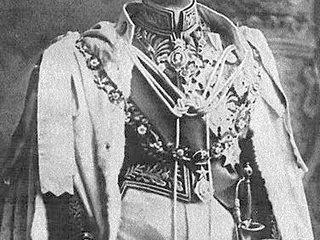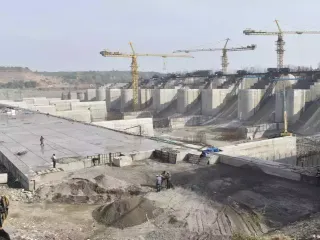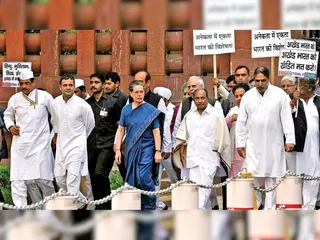The Mauryan Empire, spanning from approximately 322 BCE to 185 BCE, stands as a monumental achievement in ancient Indian history. It represents the first successful unification of a large swathe of the Indian subcontinent under a single, centralized authority, establishing a powerful and sophisticated political and administrative system that left an indelible mark on the region's subsequent development.
Rise of the Empire
The empire's foundation was laid by Chandragupta Maurya, a shrewd and ambitious leader who, with the help of the renowned strategist Chanakya (Kautilya), overthrew the Nanda dynasty in Magadha. Chandragupta's military prowess and strategic acumen enabled him to conquer significant territories, extending the empire's reach across much of the northern Indian plains and beyond. His empire boasted a formidable army, utilizing elephants, chariots, and infantry, effectively controlling vast tracts of land and resources.
Administration and Governance
Chandragupta, and later his grandson Ashoka, implemented a complex administrative structure. The empire was divided into provinces governed by officials answerable to the central authority. The famed Arthashastra, a treatise on statecraft and economics attributed to Kautilya, provides valuable insight into the Mauryan administrative system, revealing sophisticated methods of tax collection, espionage, and law enforcement. The emphasis on centralized control ensured stability and efficiency in managing such a vast realm.
Ashoka the Great and the Spread of Buddhism
The reign of Ashoka the Great (c. 268-232 BCE) marked a transformative period. Initially known for his military conquests, particularly the brutal Kalinga War, Ashoka experienced a profound religious conversion following the war's devastation. Embracing Buddhism, he abandoned aggressive expansion and instead focused on propagating his faith through non-violent means. His edicts, inscribed on stone pillars and rocks across the empire, promote principles of peace, dharma, and social harmony. This period saw the widespread dissemination of Buddhism, not only within the Mauryan Empire but also across Asia.
Economic and Social Structures
The Mauryan Empire thrived economically, benefiting from a well-developed agricultural system, efficient trade networks, and substantial tax revenues. The empire controlled major trade routes, facilitating the movement of goods and resources. Craftsmanship flourished, and a vibrant urban culture developed in major cities. However, the socio-economic hierarchy remained largely intact, with disparities between the ruling elite and the common population.
Decline and Legacy
The Mauryan Empire gradually declined following Ashoka's death, experiencing internal strife and weakened centralized control. Successive rulers struggled to maintain the empire's vast territorial holdings. By 185 BCE, the Mauryan dynasty had collapsed, paving the way for the rise of new regional powers. Despite its eventual demise, the Mauryan Empire's impact on Indian history remains profound, establishing a precedent for centralized governance, administrative efficiency, and the spread of Buddhism, significantly shaping the cultural and political landscape of the Indian subcontinent for centuries to come.


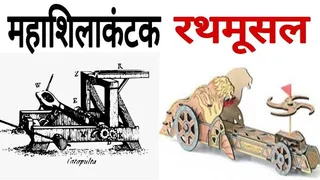

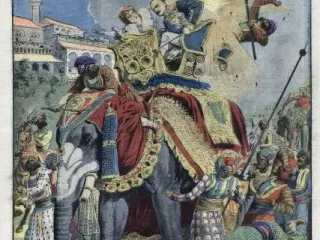
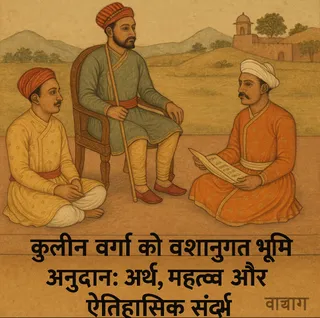

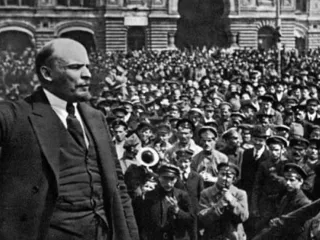




















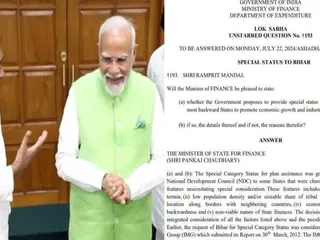



 (24)jpeg-1722421859875.jpeg.webp)















